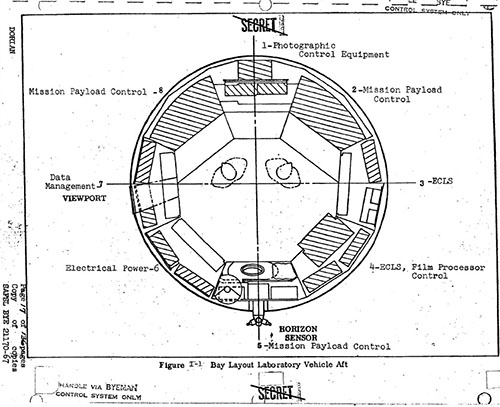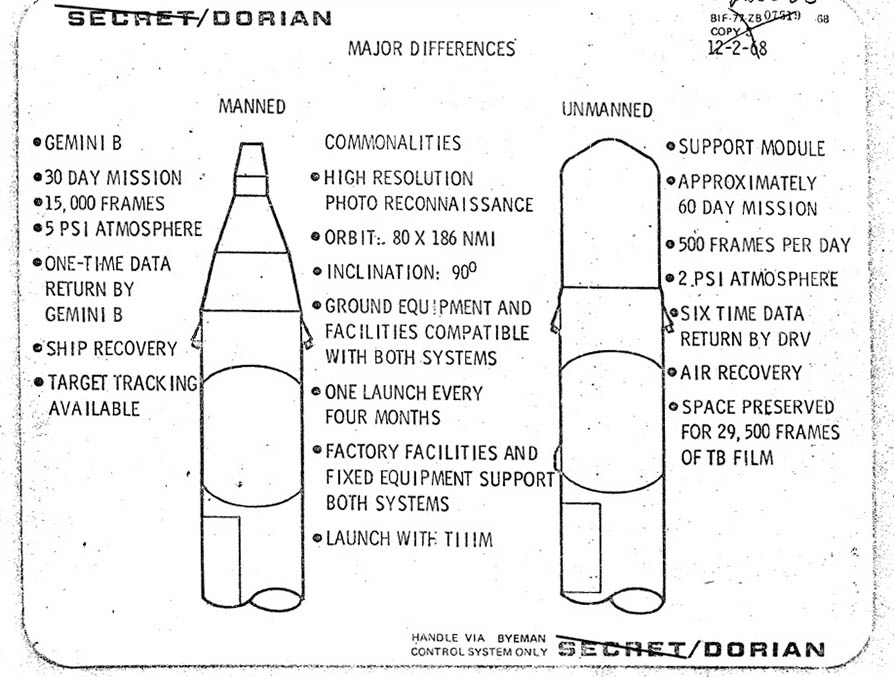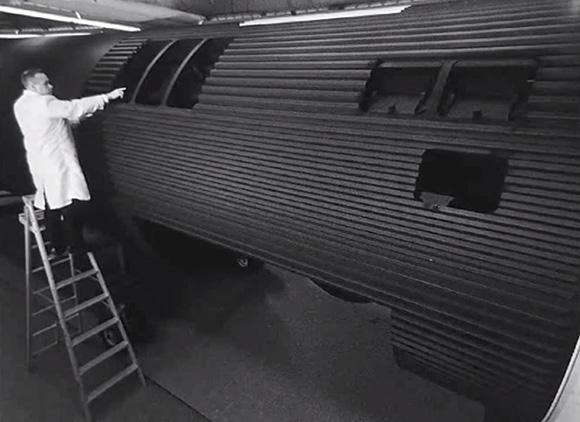At the height of the Cold War, the Pentagon launched a risky space program. The details were issued only yesterday, after the National Reconnaissance has declassified 825 official documents related to the development of space military programs. At the end of the 1960, the Air Force succeeded in developing an orbital platform capable of taking pictures of the Soviet Union with unprecedented detail. But that gigantic satellite (a little less than 25 meters) was also designed to accommodate two spies on board.
The "Manned Orbital Laboratory" was designed to carry a crew of two military astronauts who would live aboard the spacecraft during 40 missions days hundreds of miles into Earth orbit. Equipped with powerful telescopes and a radar, it could have detected everything that was happening in the USSR. The "MOL" is still kept in the Air Force's hangars. Huge, packed. At the time, having completed its development, it also became a nightmare. If it had been detected, the Soviet reaction could have triggered a nuclear conflict. When Nixon canceled the program, in the 1969, the MOL program had already swallowed 1,5 billions of dollars (ten billion today) and would have required the 17% of the entire annual budget dedicated to Air Force research for a long time.
 It reads in a memorandum of the 1968. "The MOL could limit other projects classified with very high priority for the Air Force". Although the program was announced in the 1963, the existence of the spaceship was hidden for 50 years and revealed only a few hours ago. Launched with a Titan rocket, the MOL would have been powered by solar cells. The maximum duration of a mission was 40 days. The crew would have used a re-entry capsule (built) to return to earth. The MOL, in fact, would have been the "first secret space station" in history. According to the declassified documents, we learn that the MOL would enter into service from the 1970 for seven missions already scheduled. The first two would have served to test all the systems. From the third onwards, monitoring would begin on the Soviet territory.
It reads in a memorandum of the 1968. "The MOL could limit other projects classified with very high priority for the Air Force". Although the program was announced in the 1963, the existence of the spaceship was hidden for 50 years and revealed only a few hours ago. Launched with a Titan rocket, the MOL would have been powered by solar cells. The maximum duration of a mission was 40 days. The crew would have used a re-entry capsule (built) to return to earth. The MOL, in fact, would have been the "first secret space station" in history. According to the declassified documents, we learn that the MOL would enter into service from the 1970 for seven missions already scheduled. The first two would have served to test all the systems. From the third onwards, monitoring would begin on the Soviet territory.
In the 1966, a Titan rocket took off from the Cape Canaveral carrying a MOL mock-up. In all the evaluations carried out in those years, however, the terror of a Soviet retaliation was palpable if the MOL had been discovered. Secretary of State Dean Rusk wrote in a confidential note sent to the Secretary of Defense McNamara in the 1965: "It is probable that we could encounter problems of a political nature, perhaps of considerable difficulty, if the MOL were identified".
It should be noted that already in the 1963, the United Nations had approved a resolution that prohibited the militarization of space. Washington and Moscow are among the first signatories. MOL, however, was all that the Americans had claimed not to create. Robert Kranich, arms control officer of the State Department, wrote in January of 1966: "If the Soviets discovered MOL, they could exploit it to discredit American politics. The MOL must never appear on the scene, it must be protected by public opinion ”.
The failed entry into service of the MOL was caused more by the new technologies on the ground than by the fear of upsetting the global balance. Until a few years ago, the temporal gap between the technology held by the military and that known to civilians was estimated in 25 / 30 years. Perhaps the gap is even more pronounced today than one might imagine.













